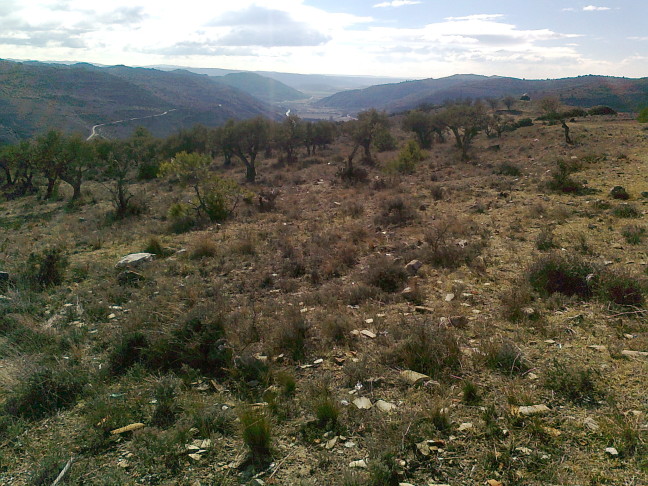Currently, 11.6 million hectares of olive groves exist in the world in 64 countries spread over 5 continents.
Regarding the type of crop, more than 33% is traditional on a high slope, which makes its transformation and mechanization complicated, which would cause production costs to soar. In addition, of the total world surface area, 66.36% is under rainfed conditions and with little access to supporting water, which is why it depends directly on the weather.
Analyzing the given data, and taking into account the current situation of prices of the virgin olive oil in origin which have already started a not very encouraging economic cycle, it can be affirmed that international olive growing is in a difficult time.
Proof of this can be seen in certain countries with greater difficulties in terms of access to water, and with low productivity per hectare, where there are cases of olive grove abandonment. In this case, we find Namibia, where, despite the olive tree’s resistance to adverse weather in the country, farms are being abandoned due to low economic profitability.
In this same way, we find abandoned olive groves in Brazil, Uruguay and Argentina, due to the lack of climatic suitability and inauspicious terrain, which negatively affects the income of farmers.
However, the economic difficulties of olive growing in our time also affects Mediterranean countries with great olive traditions, with abandoned olive groves appearing in countries like Italy, Spain, Tunisia, Jordan, Greece, etc.
Some of the many factors affecting Mediterranean countries are: the lack of favorable land availability, the high production costs of traditional olive groves and the lack of access to water to alleviate the periods of prolonged drought, together with the low price at source of a product such as olive oil and situations such as atomization of farms and their cultivation as a secondary economy. This results in these extreme situations of abandonment of once productive and profitable olive farms.
In addition, this cycle of falling prices also affects other high-density farms. For example, as we have seen in the Catamarca region, they have abandoned large superintensive olive farms, due to the high costs of supplies that must be supported in the region.
Therefore, we must be aware that the current situation does not benefit anyone, and it is up to us, who are from the sector, to reverse it.

